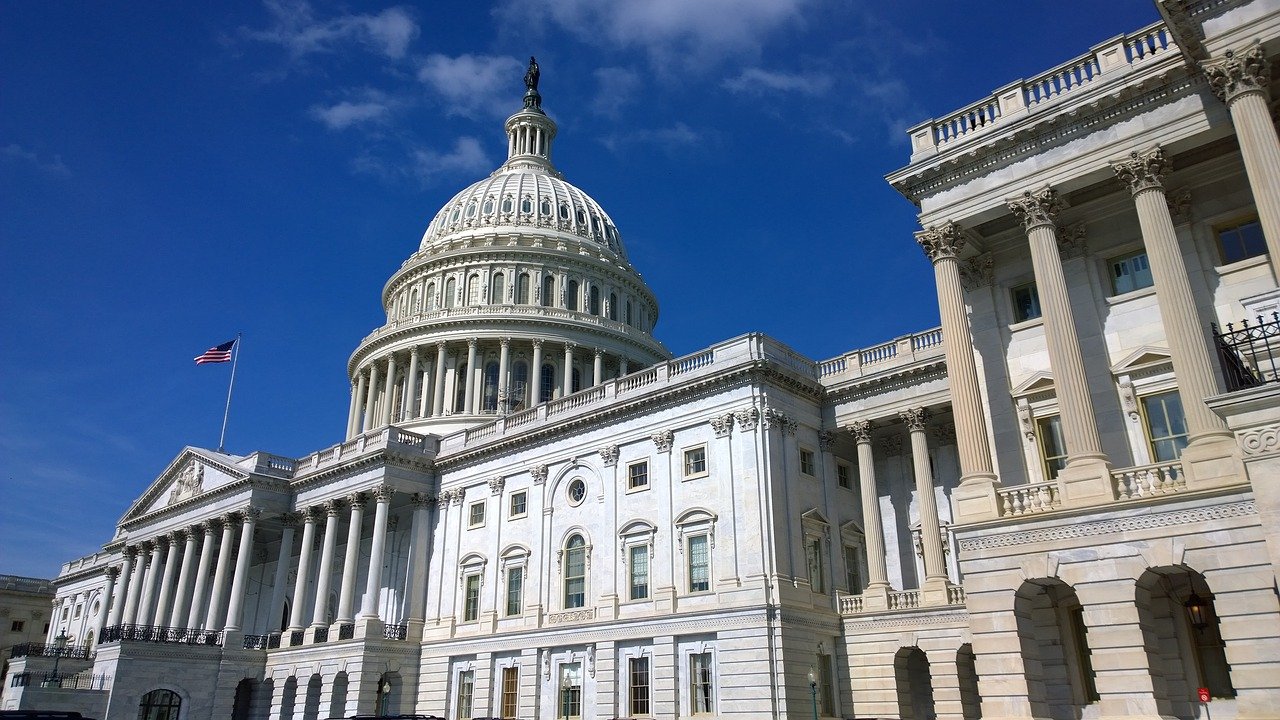Stablecoins are in hot water in The States… or are they? The U.S. Senate Banking Committee sent letters to Circle, Tether Holdings Ltd., “Coinbase, Gemini, Paxos, TrustToken, Binance.US, and Centre.” What do these companies have in common? They all issue stablecoins pegged to the US Dollar. Is the US government doing a serious inquire this time? Probably not, judging by the questions they ask. But they might be…
Related Reading | Crypto Stablecoins Double US Junk Bond Yields
On the first day of November, the Chair of the Senate Banking, Housing, and Urban Affairs Committee, Sen. Sherrod Brown issued a statement. It’s in response to the Presidential Working Group on Financial Markets’ report on stablecoins.
“Today’s Presidential Working Group report highlights the risks that the rapid growth of stablecoins present to families and the economy. We must work to ensure that any new financial technologies are subject to all of the laws and regulations that protect investors, consumers, and markets, and that they compete on a level playing field with traditional financial institutions.”
Less than a month later, Sen. Brown attacked. He “sent letters to stablecoin issuers and exchanges seeking information on how companies are protecting consumers and investors.”
The Tether FUD
Let’s not kid ourselves, the US Government has had its eye on Tether for a long time. Even though the company now regularly produces a report card by an accounting firm, the heat is still on the most popular stablecoin. A few months ago, there was a rumor that some of Tether’s executives could face a criminal probe for alleged bank fraud. Last month, they paid a $41M fine to the U.S. Commodity Futures Trading Commission.
However, this time the focus seems to be on all stablecoin issuers. Is there a reason for this? Does it have to do with CBDCs? Let’s go to the documents.
What Does Sen. Brown Want To Know About Stablecoins?
Even though the U.S. Senate Banking Committee’s actions seem firm, they’re just testing the grounds. All of the stablecoin issuers have answered on countless occasions the six questions the SBC asks on the letter they sent. And they don’t ask the million-dollar question, where are the funds that back all the coins you’re issuing? That’s the heart of the matter, is it not?
The U.S. Senate Banking Committee asks the stablecoin issuers to “describe the basic purchase, exchange, or minting process,” and to “detail the process to redeem USDC and receive U.S. dollars.” They ask “how many USDC tokens have been issued, and how many have been redeemed?” Then, they turn on the heat, “Briefly characterize the market or operational conditions that would prevent the purchase, or redemption, of USDC for U.S. dollars, or another digital asset.” And ask for information on “any trading platforms that have enhanced capabilities, privileges, or special arrangements.” Finally, they ask about studies “about how specific levels of redemptions would affect” the stablecoin in question.
That’s their main issue. In the letter, Sen. Brown confesses:
“I have significant concerns with the non-standardized terms applicable to redemption of particular stablecoins, how those terms differ from traditional assets, and how those terms may not be consistent across digital asset trading platforms.”
None of those seem like hard questions for the stablecoin issuers. They must have already-written answers for most of those. And the “significant concerns” that Sen. Brown has are totally normal, everyday chatter. Are these softball questions part of a bigger plan, though? Is the US government just testing the field?

BTC/ Tether price chart for 24/11/2021 on Binance | Source: BTC/USDT on TradingView.com
Stablecoins Are In Direct Competition With CBDCs
Bitcoin and Altcoins are not even related to CBDCs. Even though they’re all digital, they exist in completely different fields and have distinct aims. Stablecoins, however, serve a similar purpose to CDBCs. And, traditionally, governments don’t like competition. Is this the reason the US government broadened its inquiries from Tether to all stablecoin issuers? We’ll know for sure in a few months.
Related Reading | How Will The Crypto Market React To Next Week’s Senate Hearing On a Digital Dollar?
All governments seem to be downplaying their CBDC plans, but they don’t fool us.
CBDCs are coming sooner than later.
Featured Image: MotionStudios on Pixabay | Charts by TradingView











